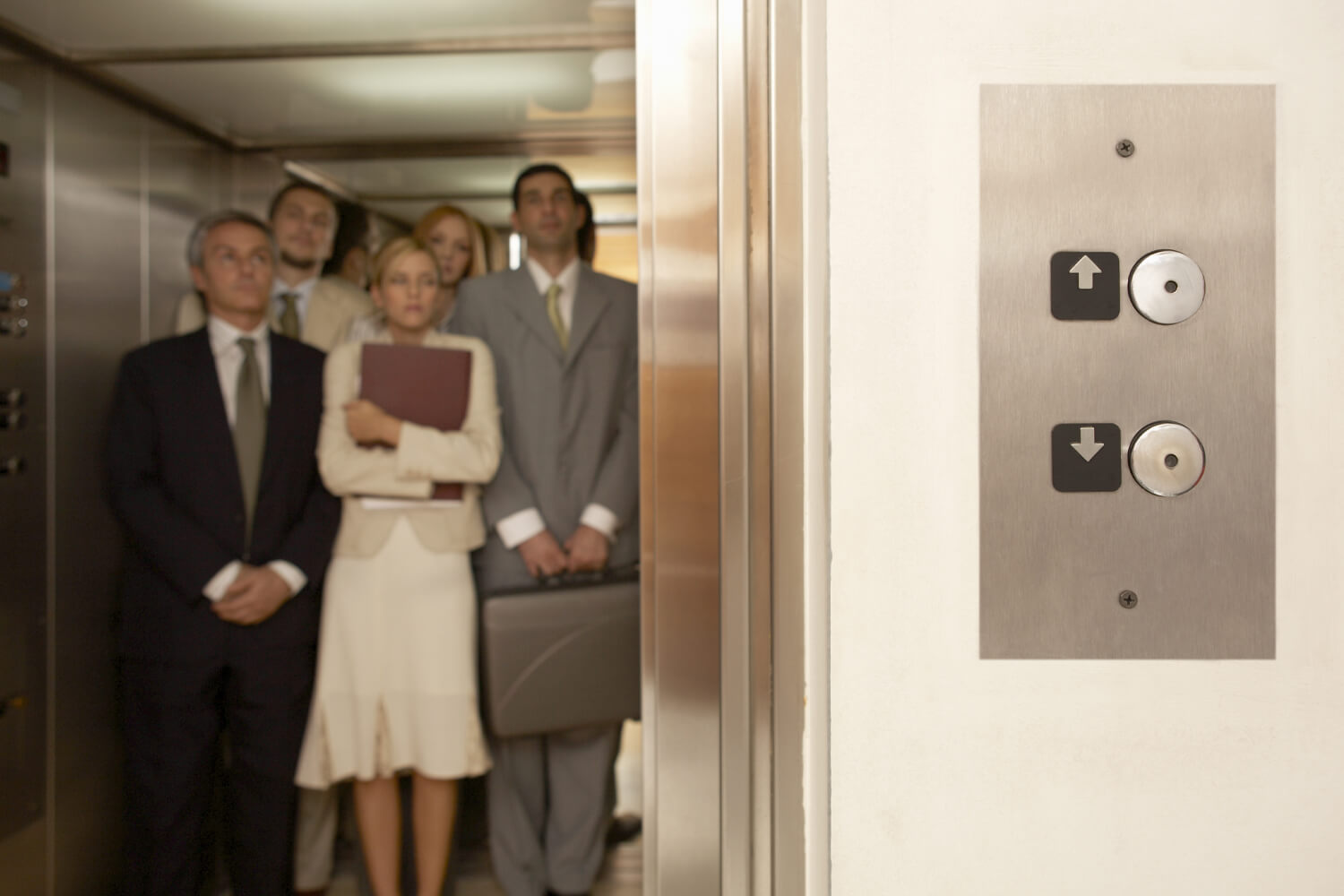Elevator monitoring systems offer unrivaled security solutions. Despite these tools, riders could still be in harm’s way if they exceed the elevator weight limit. What are the common weight restrictions in elevators, and why do they matter?
Our team at ELEVATE Monitoring is here to break down the answer.
Weight Capacities Vary for Every Type of Elevator
The next time you’re riding an elevator, look for its load limit. Many manufacturers place a sign near the elevator control panel revealing the total amount of weight it can support. However, not all load limits are equal.
A residential elevator designed to accommodate individuals or small families can hold anywhere from 500 to 1,500 pounds. The commercial elevator inside your office building may be able to support up to 5,000 pounds. Freight elevators usually have a weight capacity up to 10,000 pounds.
Once you’re aware of the elevator weight limit, you can better assess when you’re near capacity. For example, if you and a loved one step inside a residential elevator carrying heavy objects, it might be in your best interest to take separate trips.
The Risks of Exceeding an Elevator’s Weight Limit
Going over maximum capacity can not only make for an uncomfortable ride but also presents major safety hazards. Excess weight inside the cab strains the cables and other vital operating equipment. Too much wear and tear on these components can impact other elevator safety systems.
For example, the emergency stop mechanism may fail because the amount of weight inside the lift is too much for the brakes to handle. Combine this with a lack of maintenance, and passengers could put themselves in harm’s way every time they step inside the space.
Make Your Next Elevator Ride Safer With These Tips
You never want to be in an elevator that exceeds maximum capacity. But how can you ensure your safety? Keep the following tips in mind:
- Assess passengers and any luggage they have with them.
- Distribute the weight evenly throughout the cab.
- Wait for another elevator if one appears too crowded.
It’s better to be safe than sorry, especially when it comes to staying within an elevator’s weight restriction. You’ll have peace of mind by opting for a less crowded elevator than squeezing into one that’s nearing maximum capacity.
New Technology Simplifies Staying Below Elevator Weight Limits
Modern elevator systems deploy advanced technology that improves safety, from seismic sensors to emergency braking mechanisms. Many now include an automatic shutdown function when the weight inside the cab exceeds the recommended capacity.
This cutting-edge mechanism takes the guesswork out of managing load limits.
Contact ELEVATE Monitoring To Discover Safer Solutions
Elevator weight limit concerns are among the many safety issues affecting lifts. Make sure your systems are 100% safe with ELEVATE Monitoring.
We offer two-way monitoring plus 24/7 support. Count on us to help with everything from an elevator traffic analysis to establishing passenger protection protocol. Why wait to get started? Call 877-990-9191 today.


